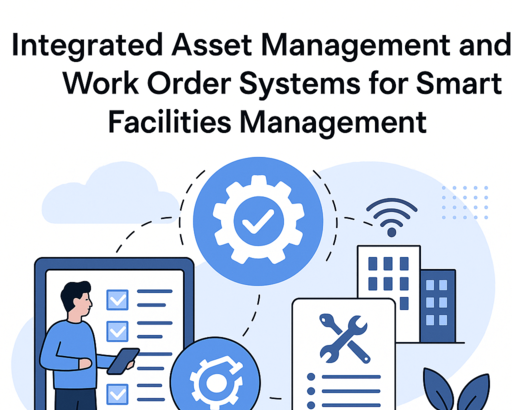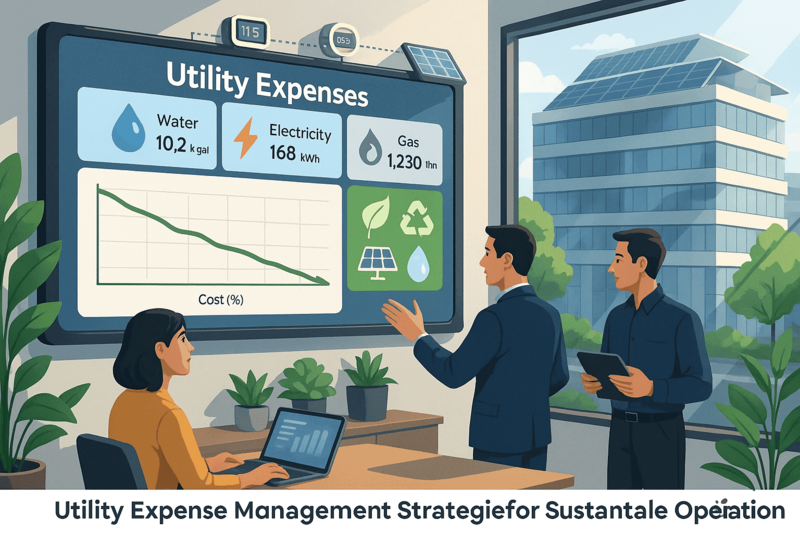
What is decarbonisation and why is it important?
- Key Takeaways
- Decarbonisation is key to addressing climate change and meeting international sustainability targets across sectors.
- Decarbonisation of energy, through sources like solar and wind, reduces emissions.
- Adopting energy-efficient technologies and streamlining processes can promote quantifiable cuts to carbon footprints.
- Embracing digital tools, such as facility management SaaS solutions, improve monitoring and reporting of emissions for ongoing progress.
- Regulatory and global standards are now asking for transparent carbon management and reporting from organizations.
- For businesses, there’s cost savings, brand reputation and long-term resilience in a rapidly evolving market.
Decarbonisation is the transition to significantly lowering carbon dioxide and other greenhouse gas emissions, spanning industries, infrastructure, and everyday activities. For technology-driven businesses, decarbonisation strategies lean heavily on data analytics, automation, and cloud-native tools to track, optimize, and verify emissions reductions.
Facility management SaaS platforms now provide granular energy tracking, predictive maintenance and AI-powered optimization to assist organizations in achieving their net-zero objectives without compromising operational efficiency. For CTOs and technical leaders, the technical challenge is juggling ambitious decarbonisation targets with business continuity and scalability.
The rest of this post discusses how today’s developer tools and SaaS platforms are transforming decarbonisation. It provides technical teams new ways to achieve tangible impact without compromising performance or agility.
Conclusion
Decarbonisation is a multi-faceted, multi-dimensional challenge across technology operations and leadership. To engineering teams and executives, triumph depends on more than embracing the newest technologies. It means bringing smart data-driven strategies, adapting to the changing regulations, and establishing cross-functional processes that scale across your global operations. The path is one of continuous learning—new materials, digital twins, AI-driven optimization, are only some of the avenues teams are pursuing. Real impact comes from translating theory into measurable results: reduced emissions, improved energy efficiency, and stronger business resilience. As the terrain shifts, companies investing in cooperation and iterative advancement will outaccomplish compliance and generate enduring value. Decarbonisation is not a short sprint — it’s a marathon-length, organization-wide, technically excellent effort.
Frequently Asked Questions
What is decarbonisation?
Decarbonisation means reducing carbon dioxide emissions and other greenhouse gases, aiming for a low carbon future by transitioning to renewable energy sources and enhancing energy efficiency.
Why is decarbonisation important?
Decarbonization efforts slow global warming, promote a low carbon future, clean the air, and foster healthier communities around the globe.
What are common methods of decarbonisation?
Typical approaches involve adopting renewable energy sources, improving efficiency, and implementing carbon capture strategies.
How does decarbonisation benefit businesses?
Decarbonization strategies can lower energy costs, enhance brand image, and assist businesses in complying with international regulations and consumer demands for a low carbon future.
What sectors are most affected by decarbonisation?
Energy, transport, and manufacturing sectors are most impacted due to their carbon-intensive nature, presenting significant potential for decarbonization efforts.
What challenges does decarbonisation face?
Challenges in achieving a low carbon future include high upfront costs, technology limitations, and the need for supportive policies in the energy transition.
How can individuals support decarbonisation?
They can take public transport, save energy at home, select renewable energy sources, and support policies that encourage a low-carbon future.








.png)


.png)


















.jpg)





























